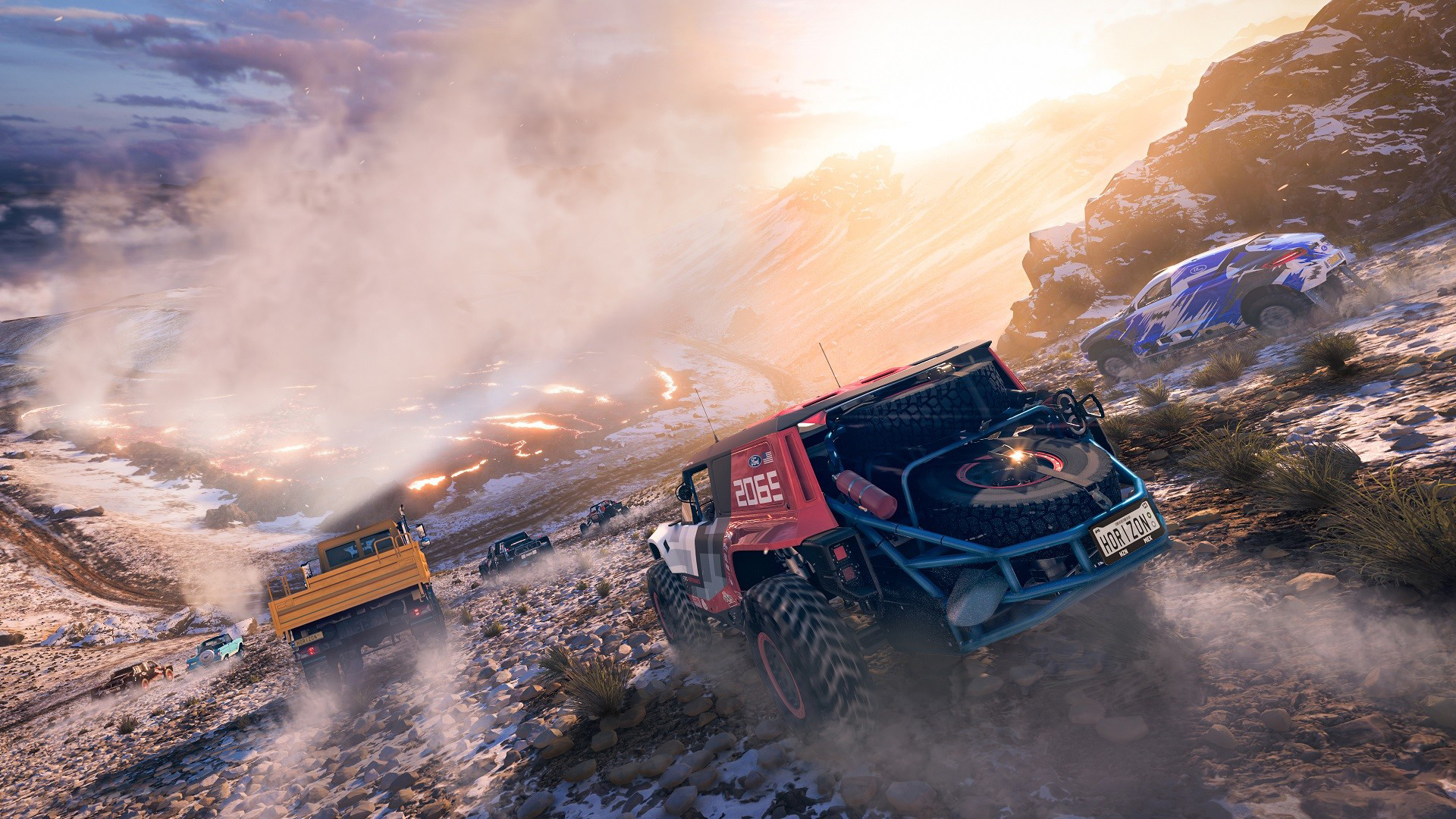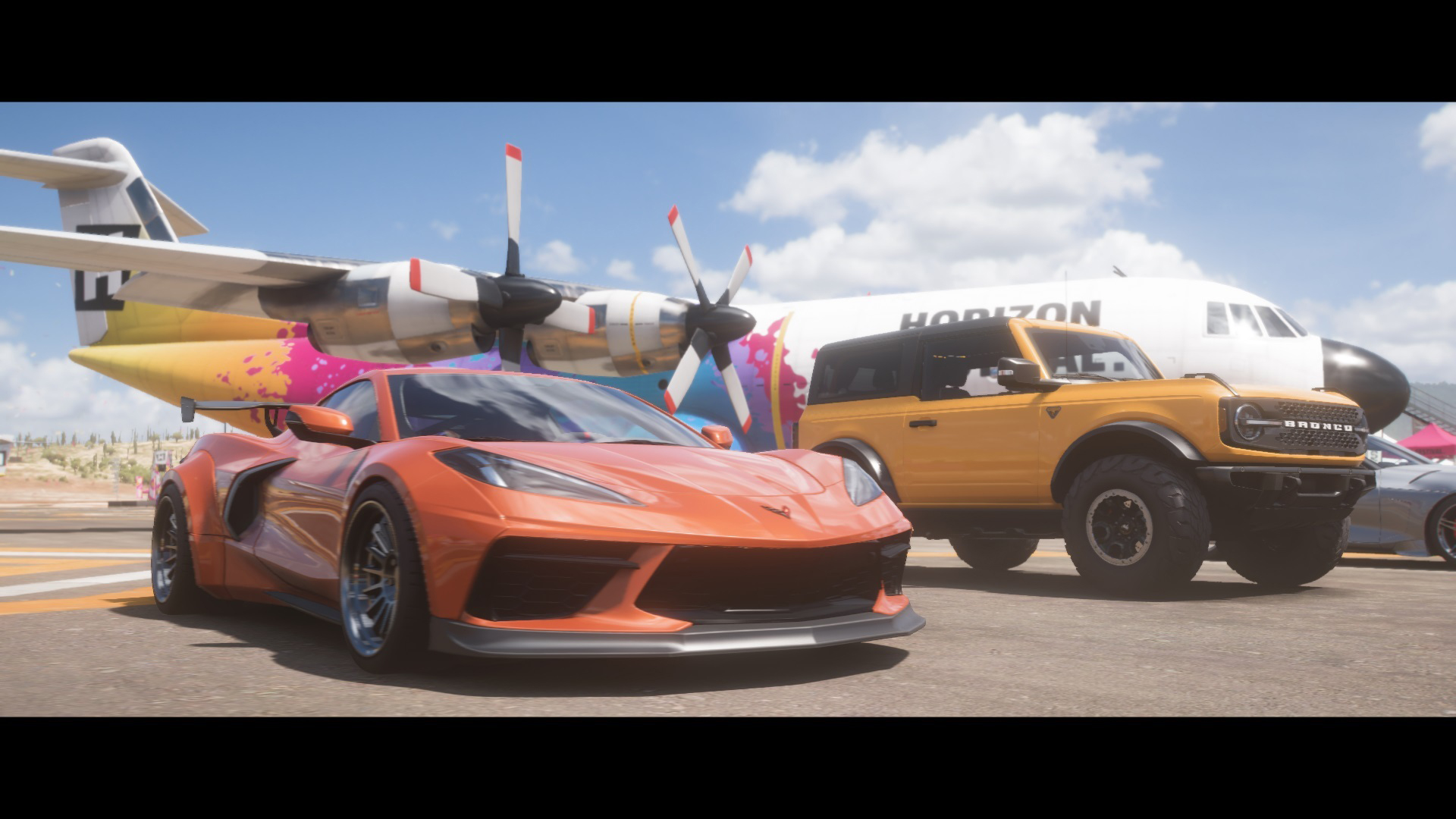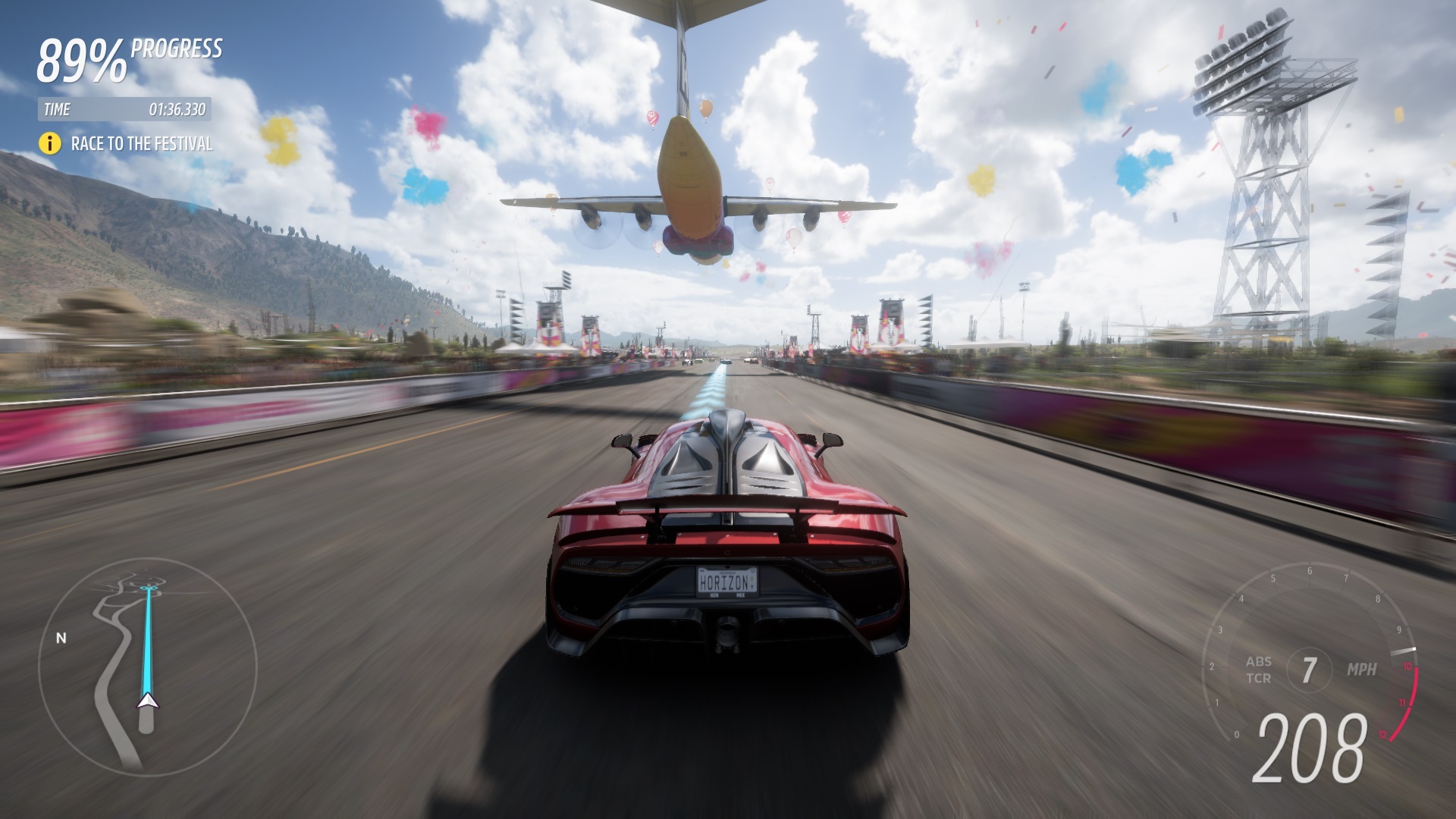Why the stunning Forza Horizon 5 intro sequence took six months to create
Forza Horizon 5 opens with a 10 minute section that most players will only see once. Playground's art director explains why it took so much work to get right

It lasts just under 10 minutes and most players will only ever see it once – but the Forza Horizon 5 intro sequence was a major undertaking for developer Playground Games, requiring more than six months of work, and a huge team of artists, coders, and designers. So why has the spectacular interactive segment become a staple part of the Horizon series, and how are those precious weeks of development spent? We recently spent some time at the studio, and got to find out about the process from planning to execution.
The first step involved the game and level design teams thinking about the cars and locations that best showcased the new Mexico locations, and working out how to display them in an exciting way. Hence: dropping the vehicles from a plane. "It does a number of things for us," says art director Don Arceta. "It communicates the scale of the world, and it gives us an incredible view of one of our stand-out environment features – the volcano. It also has a fantastic audio-visual intensity curve – the way it swings from high-intensity as you exit the plane, to brief serenity as you freefall, before high-intensity as the 'chute opens, to brief serenity again, to high-intensity as the music hits and your tyres touch the road for the first time – all within just a few seconds."
The use of intensity curves to grip the player is a highly cinematic approach, and the sequence was effectively planned out like a film. Before production started, every second was storyboarded by artists who produced reams of digital drawings, showing the planned sequence of events and providing a visual cue for the development process. For the car drop, the team spent time seeking out footage for inspiration. They watched movies with similar sequences – Mission Impossible, The Avengers, James Bond, Fast and Furious – and also games with similarly dramatic moments, such as Uncharted and Apex Legends.
"We also looked at footage of cars on cranes, just getting the look and feel of that weight," says Arceta. "We storyboarded everything, even the mechanics of how the cargo drop system worked. And then we get this big reveal with the lava, you have Guanajuato, and the cloudscape right in front of you. Even in the early stages, you could see every beat in the initial drive planned and sketched out. The big thing for the concept sketches is to realise the mood, the emotions we want the player to feel in that moment, and every department uses them."
Setting the stage

The plan for the opening sequence was to give players four distinct experiences. "We wanted to play with expectations," says Arceta on the decision to start off with the mountain area. "When you think of Mexico, you maybe don't think of towering, snow-capped volcanoes. We really liked the idea that when you first start the game you're tossed into this really foreign unexpected environment. Each section after that contrasts the one before it. After the volcano you go into the living desert which is scorching hot, then into lush farmland, and then you see a giant sand storm in the distance. When we were doing the initial research of Mexico, we were amazed by how much diversity there is – the canyons, the swamps. It's a massive country and there's so much height change, which we tried to replicate."
Showing off the new dynamic weather system was another important objective behind the sequence. While Forza Horizon 4 featured seasons and weather patterns, Forza Horizon 5 introduces highly localized and emergent weather events, such as rain and sand storms. The part where the player spots the sand storm from miles away also works to showcase the much improved draw distance.

"We really liked the idea that when you first start the game you're tossed into this really foreign unexpected environment"
Don Arceta, art directo
According to Arceta, the design team would play through the sequence every morning, carefully tweaking and iterating on the narrative and visuals to best capture the game. In the closing section where players race the Mercedes-AMG ONE to the festival site, the action originally took place at night, with the cars zooming through the dark toward to this huge display of lights in the distance, but they swapped it to daylight to keep the vibrancy and energy up and so players could take in the scenery.
Sign up to the GamesRadar+ Newsletter
Weekly digests, tales from the communities you love, and more
To spend six months on an intro sequence seems like a huge indulgence, but it works as an introduction to the new environment, a way to showcase new vehicles, and gives players a brief snapshot of the handling and driving experience without throwing them straight into a race. It tells us that this isn’t a super serious racing simulation – it gives us permission to go wild, to experiment and explore.
The Forza Horizon 5 intro also reflects the supercut approach of modern TV documentaries, where the opening ten minutes will often provide a taster for the entire series – it's all about getting the viewer orientated as quickly as possible. In a sense, it also works as a tourist guide, giving players glimpses of key areas – lush waterfalls, ancient monuments, and so much more – that they might want to search for themselves once they are let loose in the open world. Either way, it's fascinating to see how seriously Playground takes these supercharged interactive introductions to their vast racing worlds.
Forza Horizon 5 is one of the best games of 2021, but you'll need to click the link to see where it finished in our rankings.
Keith Stuart is an experienced journalist and editor. While Keith's byline can often be found here at GamesRadar+, where he writes about video games and the business that surrounds them, you'll most often find his words on how gaming intersects with technology and digital culture over at The Guardian. He's also the author of best-selling and critically acclaimed books, such as 'A Boy Made of Blocks', 'Days of Wonder', and 'The Frequency of Us'.


